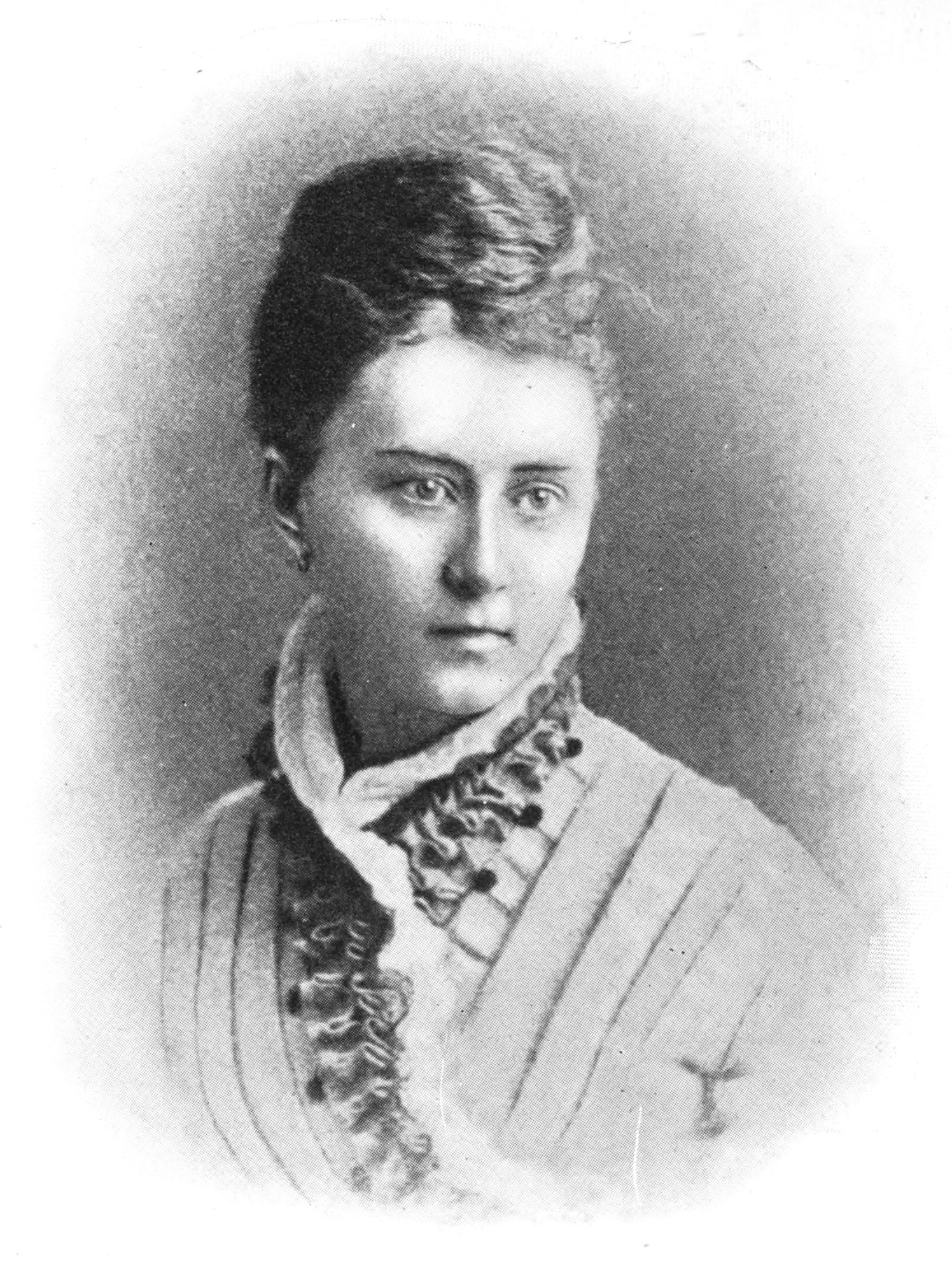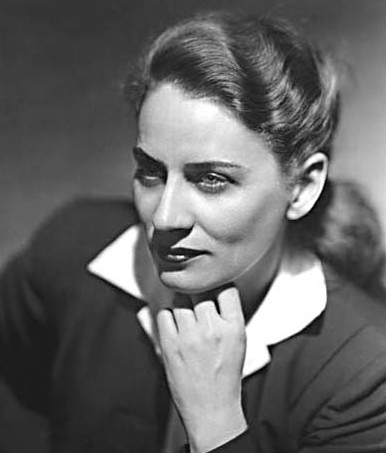|
Douglas, New Brunswick
Douglas (2001 population: 2,369) is a Canadian suburban community in York County, New Brunswick. Located on the east bank of the Saint John River, Douglas developed as a farming community but has witnessed two residential subdivisions developed in recent decades, largely for residents commuting to Fredericton. History Notable people Canadian writer and Confederation Poet Sir Charles G.D. Roberts, who has been called the "father of Canadian literature Canadian literature is the literature of a multicultural country, written in languages including Canadian English, Canadian French, Indigenous languages, and many others such as Canadian Gaelic. Influences on Canadian writers are broad both g ...," was born in Douglas on January 10, 1860.Thomas Hodd,Charles G.D. Roberts," New Brunswick Literary Encyclopedia, STU.ca, Web, Apr. 17, 2011. See also * List of communities in New Brunswick References Communities in York County, New Brunswick {{NewBrunswick-geo-stub ... [...More Info...] [...Related Items...] OR: [Wikipedia] [Google] [Baidu] |
New Brunswick
New Brunswick (french: Nouveau-Brunswick, , locally ) is one of the thirteen provinces and territories of Canada. It is one of the three Maritime provinces and one of the four Atlantic provinces. It is the only province with both English and French as its official languages. New Brunswick is bordered by Quebec to the north, Nova Scotia to the east, the Gulf of Saint Lawrence to the northeast, the Bay of Fundy to the southeast, and the U.S. state of Maine to the west. New Brunswick is about 83% forested and its northern half is occupied by the Appalachians. The province's climate is continental with snowy winters and temperate summers. New Brunswick has a surface area of and 775,610 inhabitants (2021 census). Atypically for Canada, only about half of the population lives in urban areas. New Brunswick's largest cities are Moncton and Saint John, while its capital is Fredericton. In 1969, New Brunswick passed the Official Languages Act which began recognizing French as an ... [...More Info...] [...Related Items...] OR: [Wikipedia] [Google] [Baidu] |
York County, New Brunswick
York County (2016 population 99,411) is located in west-central New Brunswick, Canada. The county contains the provincial capital, Fredericton. Outside the city, farming and forestry are two major industries in the county, which is bisected by the Saint John River. The Southwest Miramichi River flows through the northern section of the county. History York County was established in 1785, named after the second son of King George III, Prince Frederick-Augustus (1763-1827), who was made Duke of York in 1784. By 1831, the top half was highly populated, due to the rich soil in the region, so it was split off to become Carleton County. Census subdivisions Communities There are eleven municipalities within York County (listed by 2016 population): First Nations There are two First Nations reserves in York County (listed by 2016 population): Parishes The county is subdivided into fourteen parishes (listed by 2016 population): Demographics As a census division in the 2021 Cens ... [...More Info...] [...Related Items...] OR: [Wikipedia] [Google] [Baidu] |
Saint John River (New Brunswick)
The Saint John River (french: Fleuve Saint-Jean; Maliseet-Passamaquoddy: ''Wolastoq'') is a long river that flows from Northern Maine into Canada, and runs south along the western side of New Brunswick, emptying into the Atlantic Ocean in the Bay of Fundy. Eastern Canada's longest river, its drainage basin is one of the largest on the east coast at about . A part of the border between New Brunswick and Maine follows 130 km (80 miles) of the river. A tributary forms 55 km (35 miles) of the border between Quebec and Maine. New Brunswick settlements through which it passes include, moving downstream, Edmundston, Fredericton, Oromocto, and Saint John. It is regulated by hydro-power dams at Mactaquac, Beechwood, and Grand Falls, New Brunswick. Hydronym Samuel de Champlain visited the mouth of the river on the feast day of John the Baptist in 1604 and renamed it the Rivière Saint-Jean or Saint John River in English. Many waterways in the system retain their origi ... [...More Info...] [...Related Items...] OR: [Wikipedia] [Google] [Baidu] |
Fredericton, New Brunswick
Fredericton (; ) is the capital city of the Canadian province of New Brunswick. The city is situated in the west-central portion of the province along the Saint John River, which flows west to east as it bisects the city. The river is the dominant natural feature of the area. One of the main urban centres in New Brunswick, the city had a population of 63,116 and a metropolitan population of 108,610 in the 2021 Canadian Census. It is the third-largest city in the province after Moncton and Saint John. An important cultural, artistic, and educational centre for the province, Fredericton is home to two universities, the New Brunswick College of Craft and Design, and cultural institutions such as the Beaverbrook Art Gallery, the Fredericton Region Museum, and The Playhouse, a performing arts venue. The city hosts the annual Harvest Jazz & Blues Festival, attracting regional and international jazz, blues, rock, and world artists. Fredericton is also an important and vibrant c ... [...More Info...] [...Related Items...] OR: [Wikipedia] [Google] [Baidu] |
Confederation Poets
''Confederation Poets'' is the name given to a group of Canadian poets born in the decade of Canada's Confederation (the 1860s) who rose to prominence in Canada in the late 1880s and 1890s. The term was coined by Canadian professor and literary critic Malcolm Ross, who applied it to four poets – Charles G.D. Roberts (1860–1943), Bliss Carman (1861–1929), Archibald Lampman (1861–1899), and Duncan Campbell Scott (1862–1947) – in the Introduction to his 1960 anthology, ''Poets of the Confederation''. He wrote, "It is fair enough, I think, to call Roberts, Carman, Lampman, and Scott our 'Confederation poets.'"Malcolm Ross, Introduction, ''Poets of the Confederation'' (Toronto: McClelland and Stewart, 1960), vii-xii. The term has also been used since to include William Wilfred Campbell (?1860-1918) and Frederick George Scott (1861–1944), sometimes Francis Joseph Sherman (1871–1926), sometimes Pauline Johnson (1861–1913) and George Frederick Cameron (1854–1885), ... [...More Info...] [...Related Items...] OR: [Wikipedia] [Google] [Baidu] |
Charles G
Charles is a masculine given name predominantly found in English and French speaking countries. It is from the French form ''Charles'' of the Proto-Germanic name (in runic alphabet) or ''*karilaz'' (in Latin alphabet), whose meaning was "free man". The Old English descendant of this word was '' Ċearl'' or ''Ċeorl'', as the name of King Cearl of Mercia, that disappeared after the Norman conquest of England. The name was notably borne by Charlemagne (Charles the Great), and was at the time Latinized as ''Karolus'' (as in ''Vita Karoli Magni''), later also as '' Carolus''. Some Germanic languages, for example Dutch and German, have retained the word in two separate senses. In the particular case of Dutch, ''Karel'' refers to the given name, whereas the noun ''kerel'' means "a bloke, fellow, man". Etymology The name's etymology is a Common Germanic noun ''*karilaz'' meaning "free man", which survives in English as churl (< Old English ''ċeorl''), which developed its depr ... [...More Info...] [...Related Items...] OR: [Wikipedia] [Google] [Baidu] |
Canadian Literature
Canadian literature is the literature of a multicultural country, written in languages including Canadian English, Canadian French, Indigenous languages, and many others such as Canadian Gaelic. Influences on Canadian writers are broad both geographically and historically, representing Canada's diversity in culture and region. Canadian literature is often divided into French- and English-language literatures, which are rooted in the literary traditions of France and Britain, respectively. The earliest Canadian narratives were of travel and exploration. This progressed into three major themes that can be found within historical Canadian literature; nature, frontier life, Canada's position within the world, all three of which tie into the garrison mentality, a condition shared by all colonial era societies in their beginnings, but sometimes erroneously thought to apply mainly to Canada because a Canadian intellectual coined the term. In recent decades Canada's literature has been ... [...More Info...] [...Related Items...] OR: [Wikipedia] [Google] [Baidu] |
List Of Communities In New Brunswick
This is a list of communities in New Brunswick, a province in Canada. For the purposes of this list, a community is defined as either an incorporated municipality, an Indian reserve, or an unincorporated community inside or outside a municipality. Cities New Brunswick has eight cities. Indian reserves First Nations Parishes New Brunswick has 152 parishes, of which 150 are recognized as census subdivisions by Statistics Canada. Local service districts Rural communities New Brunswick has seven rural communities. Towns and villages New Brunswick has 27 towns and 66 villages. Neighbourhoods Local service districts Other communities and settlements This is a list of communities and settlements in New Brunswick. A–B ; A * Aboujagne * Acadie * Acadie Siding * Acadieville * Adams Gulch * Adamsville * Albert Mines * Albrights Corner * Alderwood * Aldouane * Allainville * Allardville * Allison * Ammon * Anagance * A ... [...More Info...] [...Related Items...] OR: [Wikipedia] [Google] [Baidu] |
Communities In York County, New Brunswick
A community is a social unit (a group of living things) with commonality such as place, norms, religion, values, Convention (norm), customs, or Identity (social science), identity. Communities may share a sense of place Place may refer to: Geography * Place (United States Census Bureau), defined as any concentration of population ** Census-designated place, a populated area lacking its own Municipality, municipal government * "Place", a type of street or road ... situated in a given geographical area (e.g. a country, village, town, or neighbourhood) or in virtual space through communication platforms. Durable good relations that extend beyond immediate genealogical ties also define a sense of community, important to their identity, practice, and roles in social institutions such as family, home, work, government, society, or humanity at large. Although communities are usually small relative to personal social ties, "community" may also refer to large group affiliations su ... [...More Info...] [...Related Items...] OR: [Wikipedia] [Google] [Baidu] |





